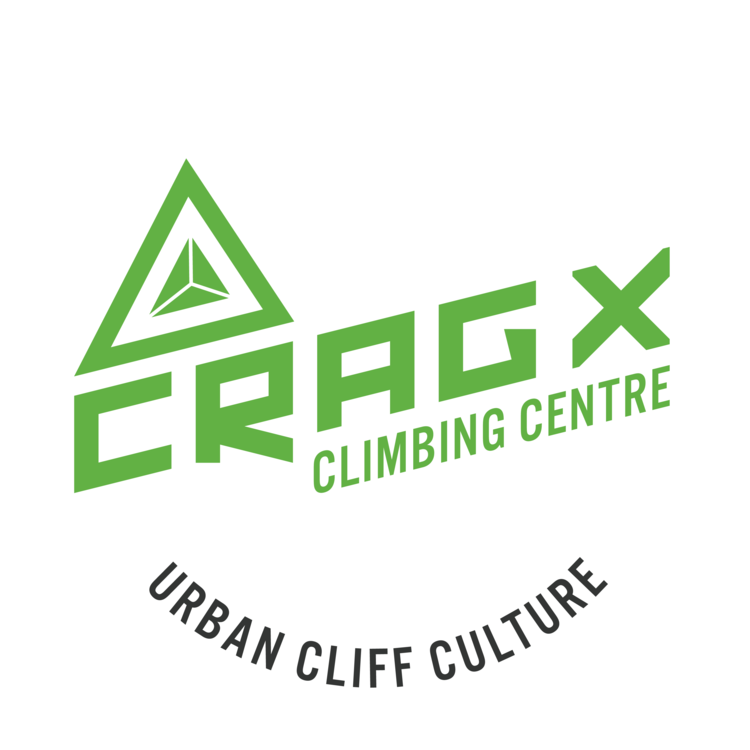Choices
Choices
There is more than one way to skin a cat. In climbing there is more than one way to do everything. Here’s why we picked the methods we use at Crag X.
Figure 8 Follow Through
This is a standard knot. Easy for us to inspect at a distance. Easy to teach. If you know the bowline or the Yosemite Tuck, then you certainly know the Figure 8. Every climber knows it. (Don’t bother telling anybody this, but very often people tie the fancy knot wrong – giving us bowlines with their tail to the wrong side of the loop and Yosemite Tucks that were actually partial undoing of the knot. It’s just harder to fuck up a figure-of-eight.)
Two-fists of Tail
The keeper knot doesn’t do anything safety-wise for the climber. Modern practice in the climbing world is to teach two-fists of tail. So that’s what we do. Tie a keeper if you like, we just don’t teach it anymore.
No Yosemite Tuck (or other variations or knots)
We get safety from standardization. It’s easier to notice to one incorrectly-tied knot against a sea of many correctly-tied knots. The difference stands out. Plus, people tie bowlines and yosemite tucks wrong all the time. Feel free to use any knot or tuck you like outside of Crag X, just in here it needs to be the standard figure eight follow through. (shhh about people tying them wrong)
The GriGri
It’s a perfectly good belay device with an assisted braking feature that allows climbing to be safe and social and fun. The Gri-Gri doesn’t have to lead to lazy belaying. We know that. The Gri-Gri also widens the weight differnce range. It adds a large measure of safety. It’s not perect, but nothing is.
No ATC/JUl/myFavouriteBelayDevice/smart ?
We don’t have a problem with any of these devices. We know the GriGri isn’t perfect. We chose to standardize on the GriGri. You can only back one horse. The GriGri patent has expired, so expect a flood of new devices. We keep an open mind.
Harnesses
We chose harnesses with the old-school double back buckles. Speed buckles take care of themselves, we have an obligation to teach the double-back. Looking for leg buckles, and putting it on is good practice too. Think how easy a nice modern one-buckle harness will feel.
PBUS
We teach Pull Break Under Slide because it is the modern standard for instruction and is a universal method appropriate for all belay devices. (Break position for Munter Hitch excepted.) If a climber comes in with another method and knows how to use it safely we allow them to use that method. This is especially so when the person has many years of solid muscle memory backing up their belay style. You can offer to update someone, but don’t insist on it if they are safe. See the Universal Belay Standard video to learn how to identify other properly executed belay styles.
